Restricted Firearms in Canada Guide
As a gun owner in Canada, it is important to understand the country’s firearms laws and regulations. The possession, use, and acquisition of firearms in Canada are governed by the Firearms Act, which requires individuals to be licensed and certain guns to be registered.
Under the Firearms Act, individuals must possess a license to have a firearm. The license classifies the firearm as non-restricted, restricted, or prohibited. Non-restricted firearms include ordinary shotguns and rifles commonly used for hunting. Restricted firearms, on the other hand, include certain handguns and some semi-automatic long guns. Prohibited firearms include certain handguns, fully automatic firearms, and some military rifles.
To possess a restricted firearm, individuals must obtain a possession and acquisition license (PAL). This involves completing the required Canadian Firearms Safety and Canadian Restricted Firearms Safety courses and undergoing background checks conducted by the RCMP. Restricted firearms must also be registered with the Canadian Firearms Program.
Recent changes to Canadian firearms laws have introduced new legislation, including the prohibition of over 1,500 models of assault-style firearms and certain components. Maximum thresholds for muzzle energy and bore diameter have also been established. The changes aim to enhance public safety and address gun violence in Canada.
As responsible firearm owners, it is important to comply with Canadian firearms laws, including renewing licenses, notifying address changes to the Canadian Firearms Program, and adhering to proper storage procedures. Unwanted or prohibited firearms can be disposed of through various methods to ensure a safer society.
Key Takeaways:
- Gun owners in Canada must be licensed and certain firearms need to be registered.
- Restricted firearms include certain handguns and some semi-automatic long guns.
- To possess a restricted firearm, individuals must obtain a possession and acquisition license (PAL) and register the firearm.
- Recent changes to Canadian firearms laws have prohibited certain models of assault-style firearms.
- Compliance with firearms laws and responsible firearm use contribute to public safety in Canada.
How to Obtain a License for Restricted Firearms
If you are looking to possess a restricted firearm in Canada, you must go through the process of applying for a possession and acquisition license (PAL). Here’s what you need to know:
- Age Requirement: To apply for a PAL, you must be 18 years of age or older. Individuals under the age of 18 are not eligible to own or acquire firearms.
- Firearm Safety Courses: Successful completion of the Canadian Firearms Safety Course and the Canadian Restricted Firearms Safety Course for restricted firearms is mandatory. These courses provide important knowledge about firearm safety, storage, and responsible handling.
- Application Process: The PAL application requires you to submit the necessary forms, pay the applicable fee, and undergo background checks conducted by the Royal Canadian Mounted Police (RCMP).
- License Renewal: Once obtained, the PAL is valid for a period of five years. It is essential to renew your license before it expires to continue possessing restricted firearms legally.
Remember that possessing a license does not exempt you from registering restricted firearms. Under Canadian law, all restricted firearms must be registered with the Canadian Firearms Program.
| Key Requirements | Details |
|---|---|
| Minimum Age | 18 years or older |
| Firearm Safety Courses | Canadian Firearms Safety Course and Canadian Restricted Firearms Safety Course |
| Application Process | Forms, fee, and background checks conducted by the RCMP |
| License Renewal | Every five years |
How to Register Restricted Firearms
When it comes to owning restricted firearms in Canada, it’s crucial to understand the registration process to ensure compliance with firearms laws. If you possess a PAL (Possession and Acquisition License) that authorizes you to have a restricted firearm, here’s what you need to know:
- Age Requirement: To register a restricted firearm, you must be at least 18 years old.
- Registration Options: The registration process can be completed through two methods:
- Online Registration: Visit the Canadian Firearms Program website to register your restricted firearm online. This convenient method allows for quick and efficient registration.
- Mailed Application: If you prefer a physical application, you can print the necessary forms and mail them to the designated address. Ensure that your application includes all the required information and documentation.
Registering your restricted firearms and understanding the associated regulations is vital for responsible firearm ownership in Canada. By adhering to the proper procedures, you contribute to a safer environment for everyone.
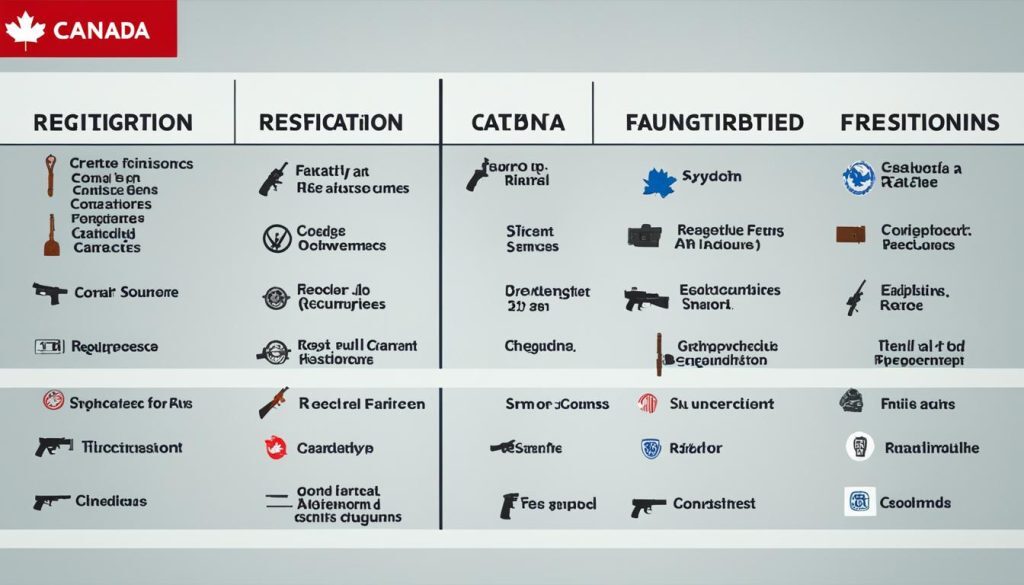
Recent Changes to Canadian Firearms Laws
The Government of Canada has recently implemented new firearms legislation that aims to enhance public safety and address gun violence. These changes include the prohibition of over 1,500 models of assault-style firearms and certain components. In addition, new maximum thresholds for muzzle energy and bore diameter have been established.
This legislation also introduces an amnesty period to allow individuals who are in lawful possession of newly prohibited firearms a chance to comply with the law. During this period, affected individuals can take the necessary steps to ensure compliance and avoid legal repercussions.
Furthermore, regulatory amendments have been made to strengthen background checks, license verification, and business record-keeping for non-restricted firearms. These changes are part of ongoing efforts to ensure responsible firearm ownership and prevent unauthorized access to firearms.
By implementing these measures, the Government of Canada aims to create a safer environment for its citizens while still respecting the rights of law-abiding gun owners.
Ensuring compliance with firearms laws is crucial for maintaining public safety. It is important for individuals to stay informed about the latest regulations and requirements regarding prohibited firearms in Canada. By following these laws, we can collectively contribute to a safer society.
Ensuring Compliance and Safe Firearm Use
As firearm owners in Canada, we have a responsibility to adhere to the firearms laws to maintain public safety and ensure responsible firearm use. This requires staying up to date with the Canadian firearms restrictions and regulations, so we can contribute to a safer society.
One crucial aspect of compliance is renewing our firearms licenses before they expire. By doing so, we demonstrate our commitment to responsible ownership and show that we are actively engaged in the safe use and handling of firearms.
Another important step is notifying the Canadian Firearms Program in case of any address changes. This ensures that our information is properly updated in their records, facilitating effective communication and preventing any potential violations due to outdated contact details.
Proper storage is also a critical aspect of firearm safety and compliance. Following the prescribed storage procedures, such as using locked containers and storing ammunition separately, helps prevent unauthorized access and keeps our firearms secure.
Additionally, if we no longer want or are unable to possess certain firearms due to changing circumstances or regulatory changes, there are several responsible disposal options available. These include selling or giving them to licensed individuals or businesses, permanently deactivating them, exporting them, or turning them in to the police or a firearms officer for proper disposal.
By adhering to the regulations and guidelines, we can ensure that our firearms are used safely and responsibly. Let’s do our part in promoting a culture of compliance and responsible firearm use for the benefit of all Canadians.
- The Role of Police in Community Safety & Unity - October 6, 2025
- Quebec Police Officer Salary Insights 2023 - July 13, 2025
- Canada Arrest Protocol: What Police Say Upon Arrest - June 12, 2025
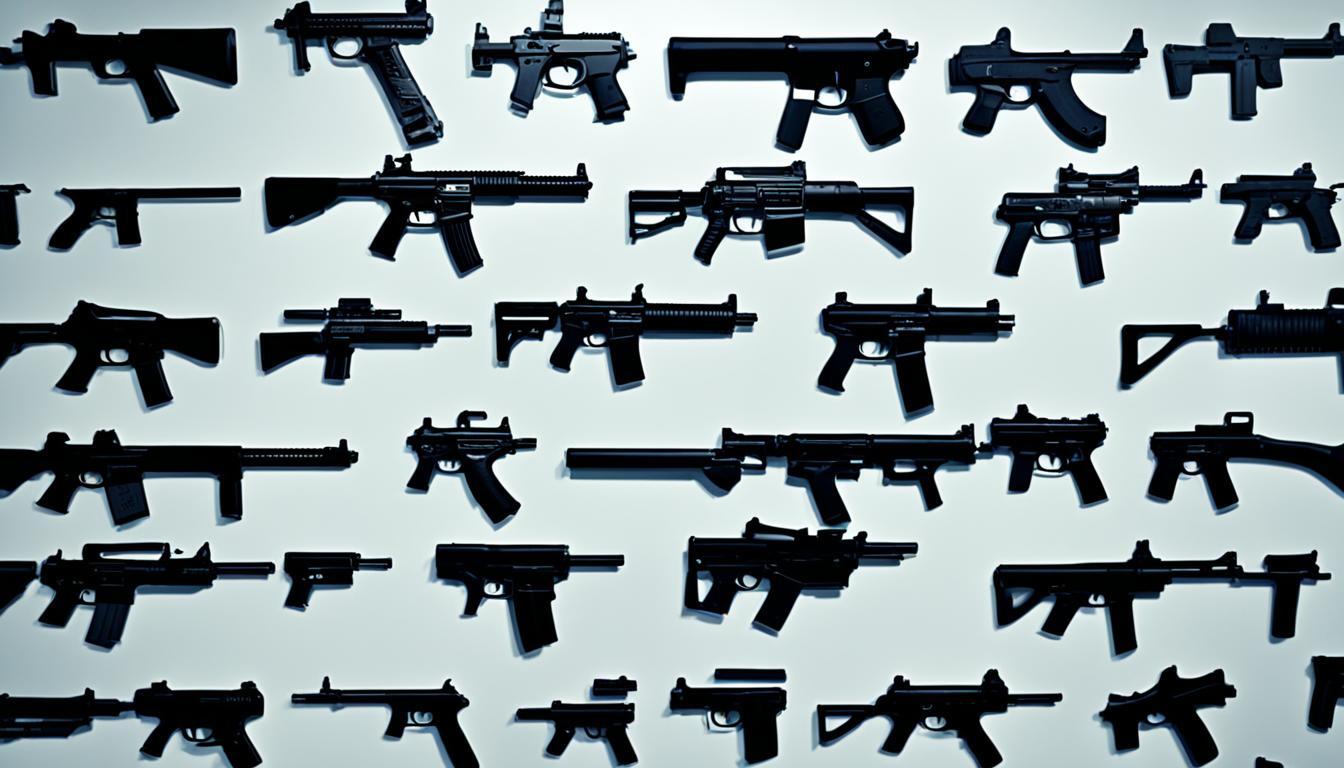
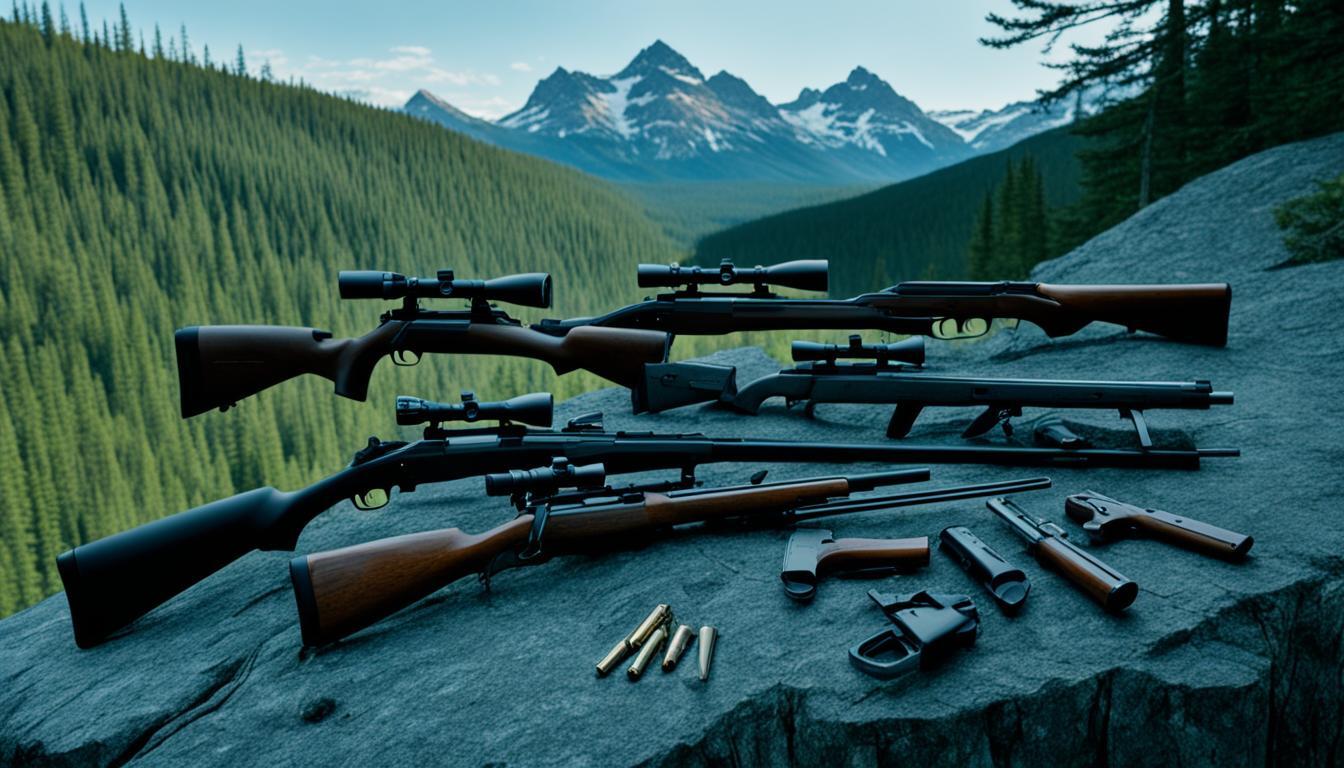
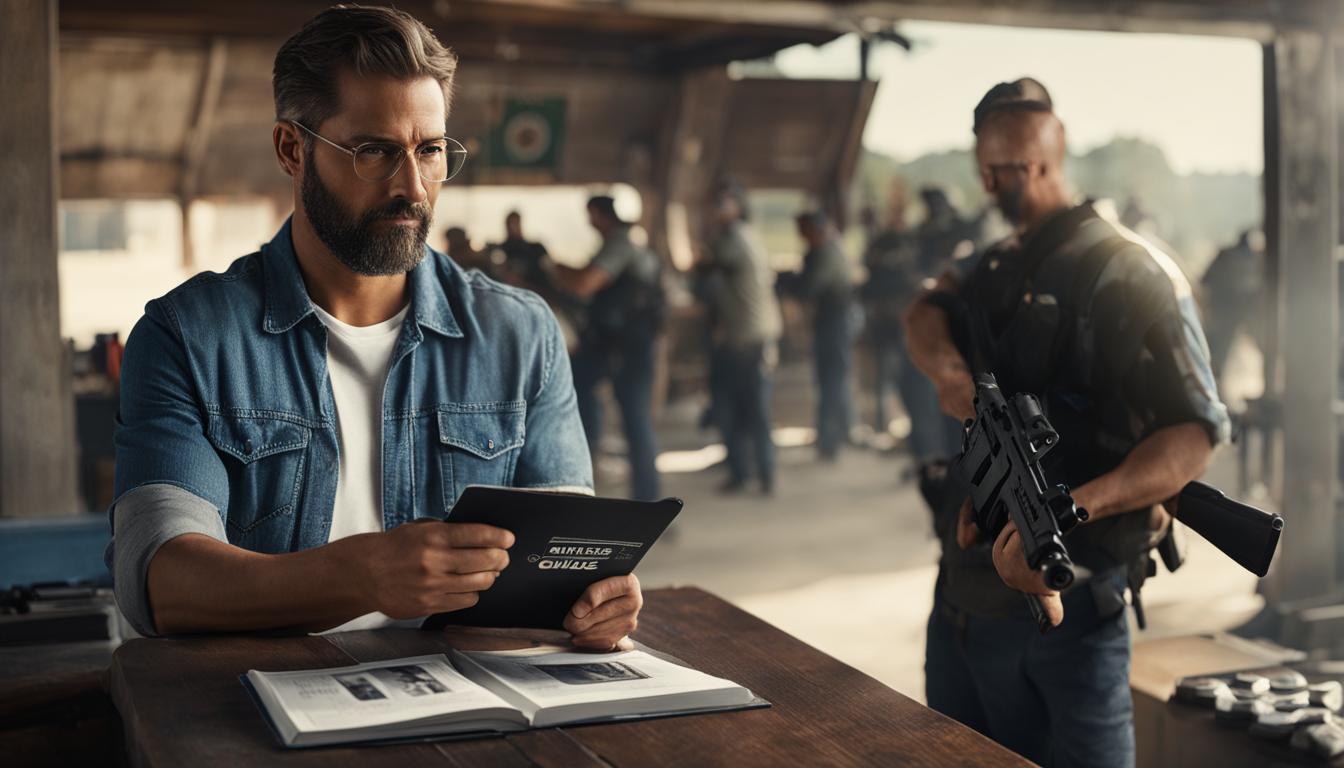
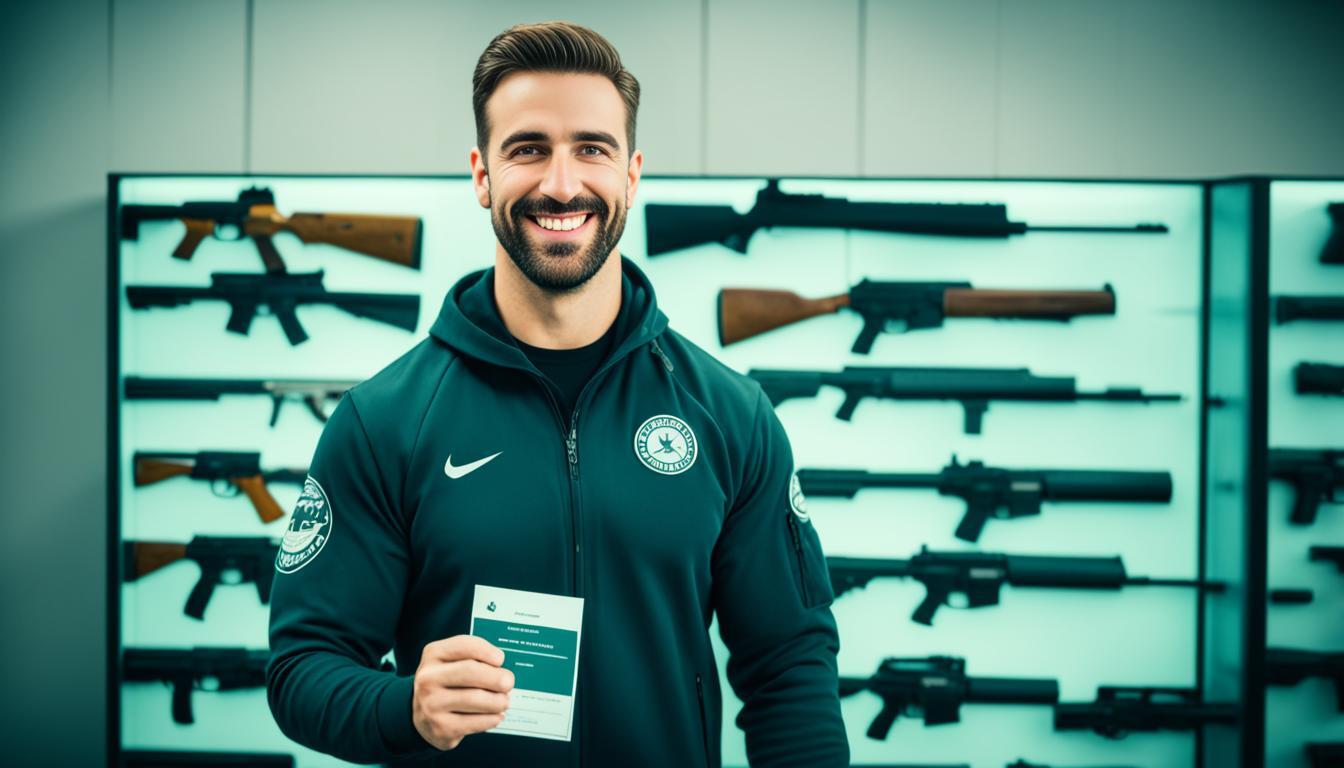
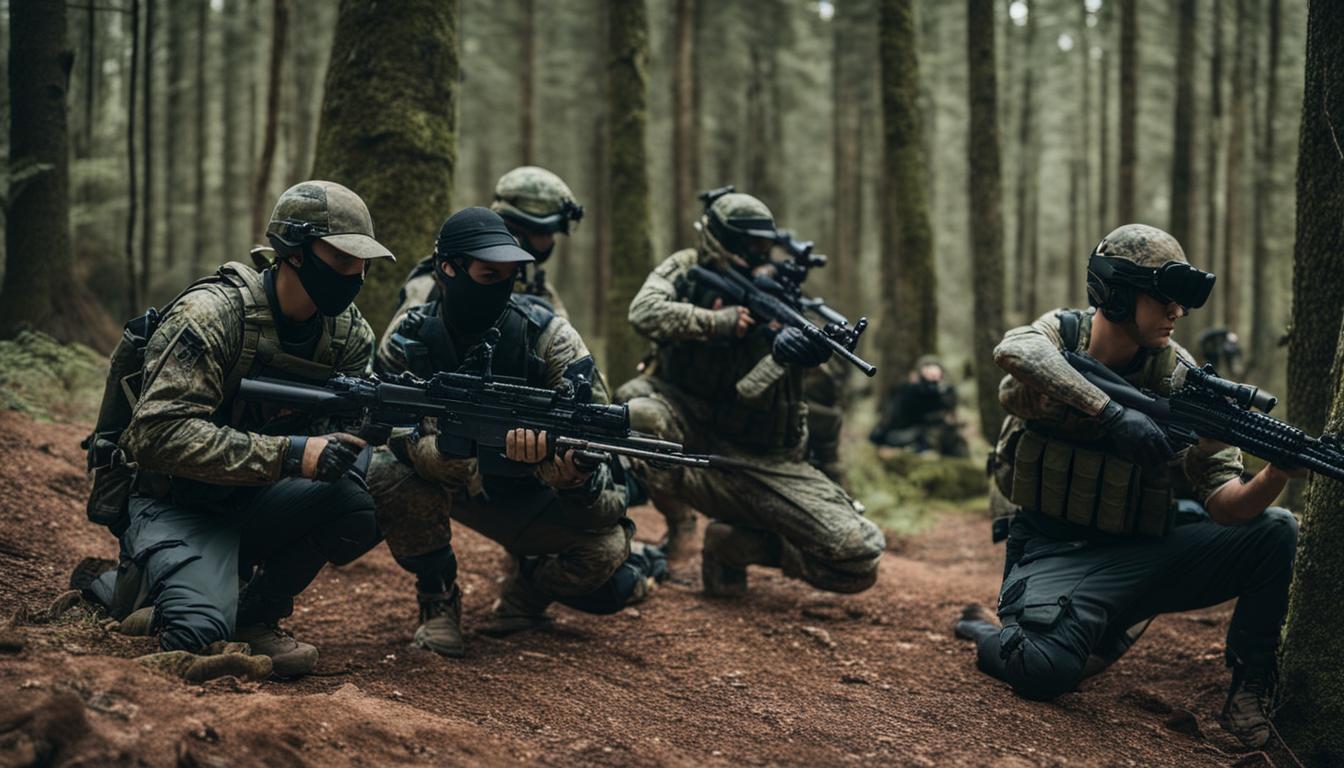
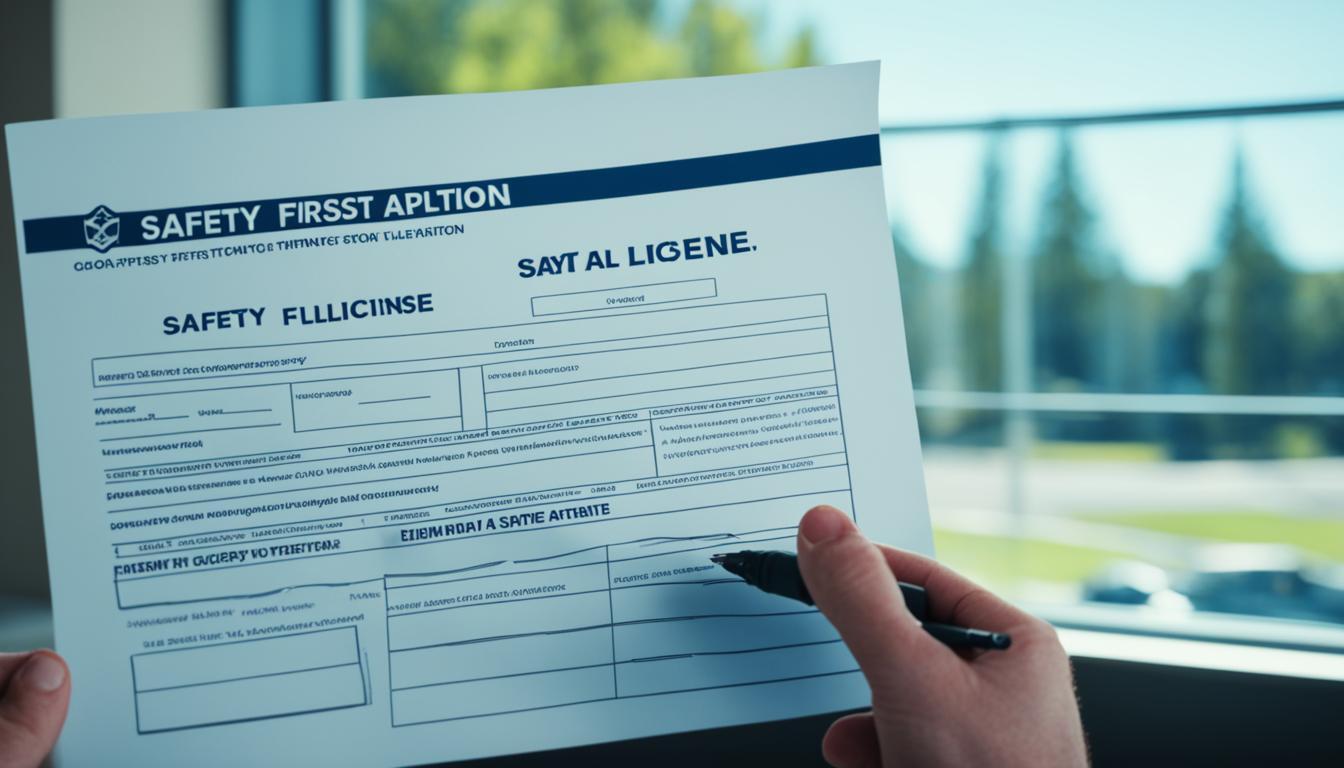
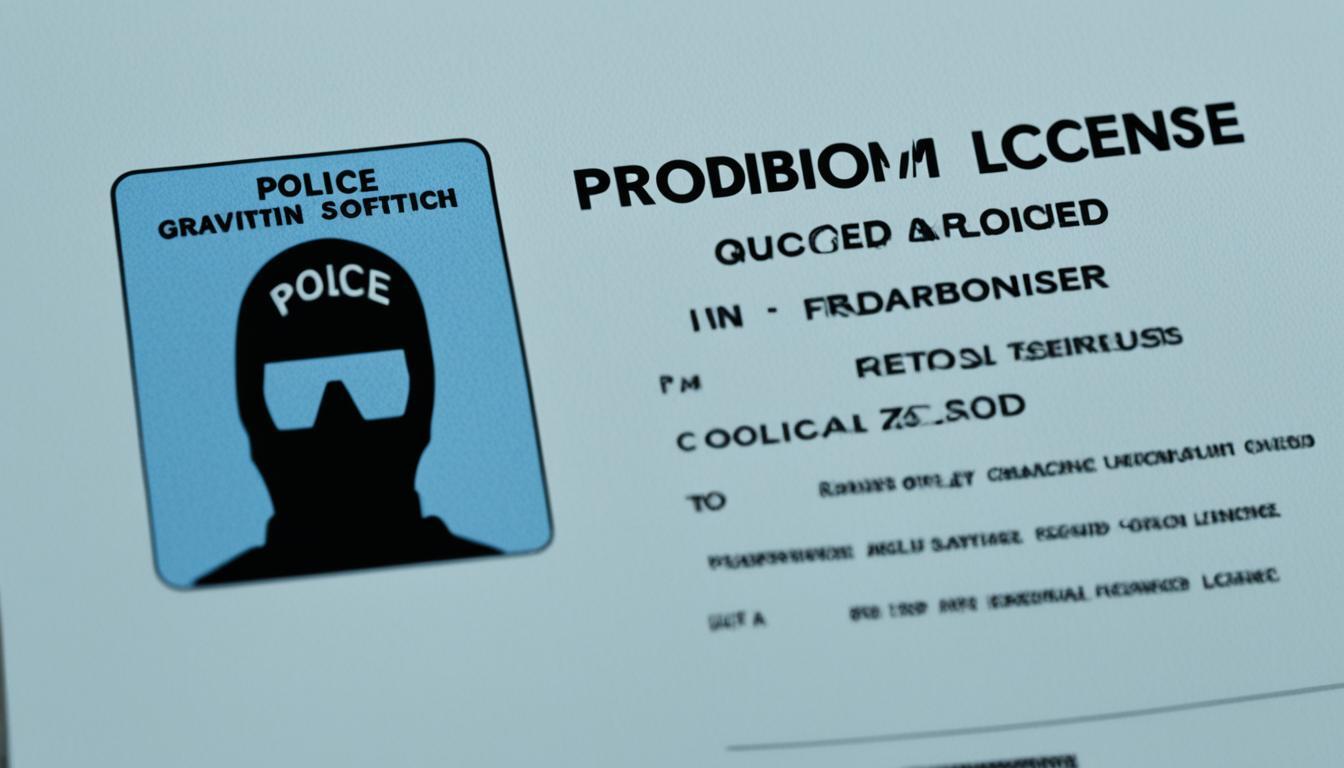
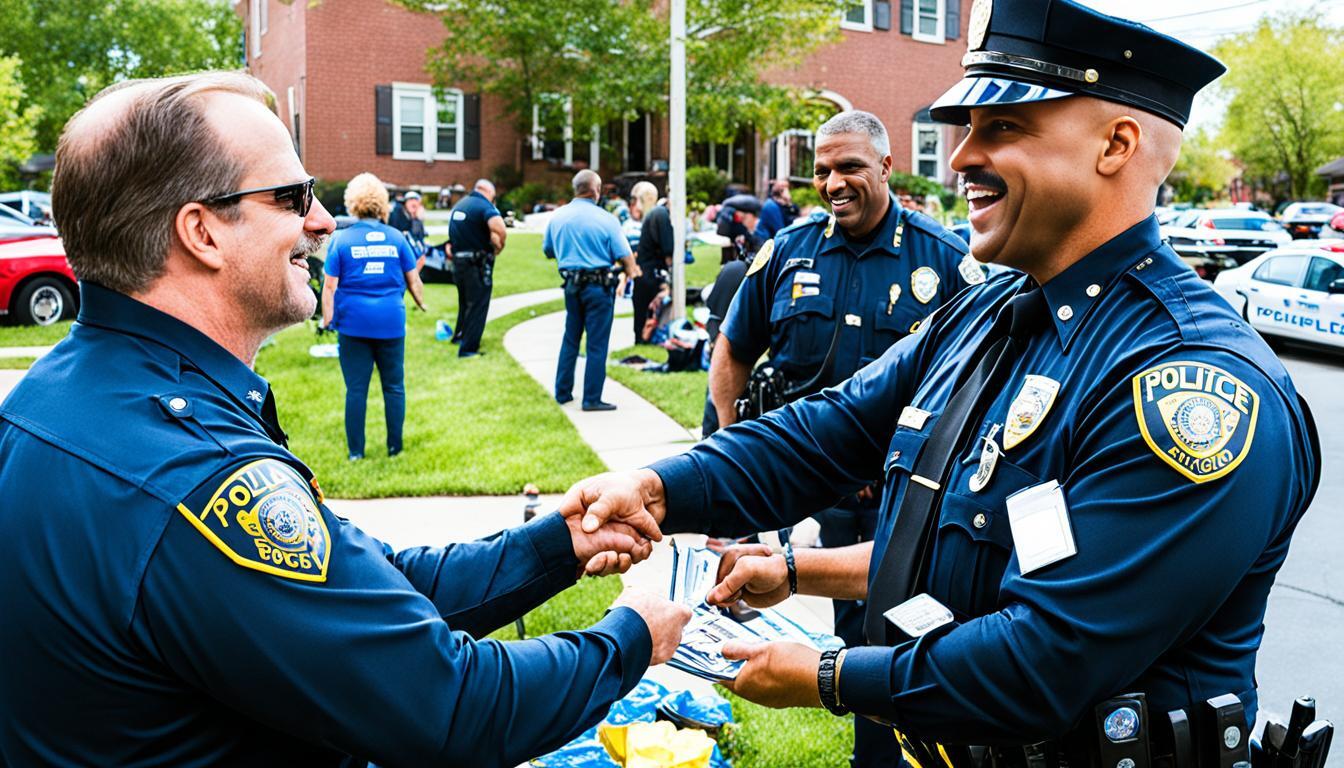

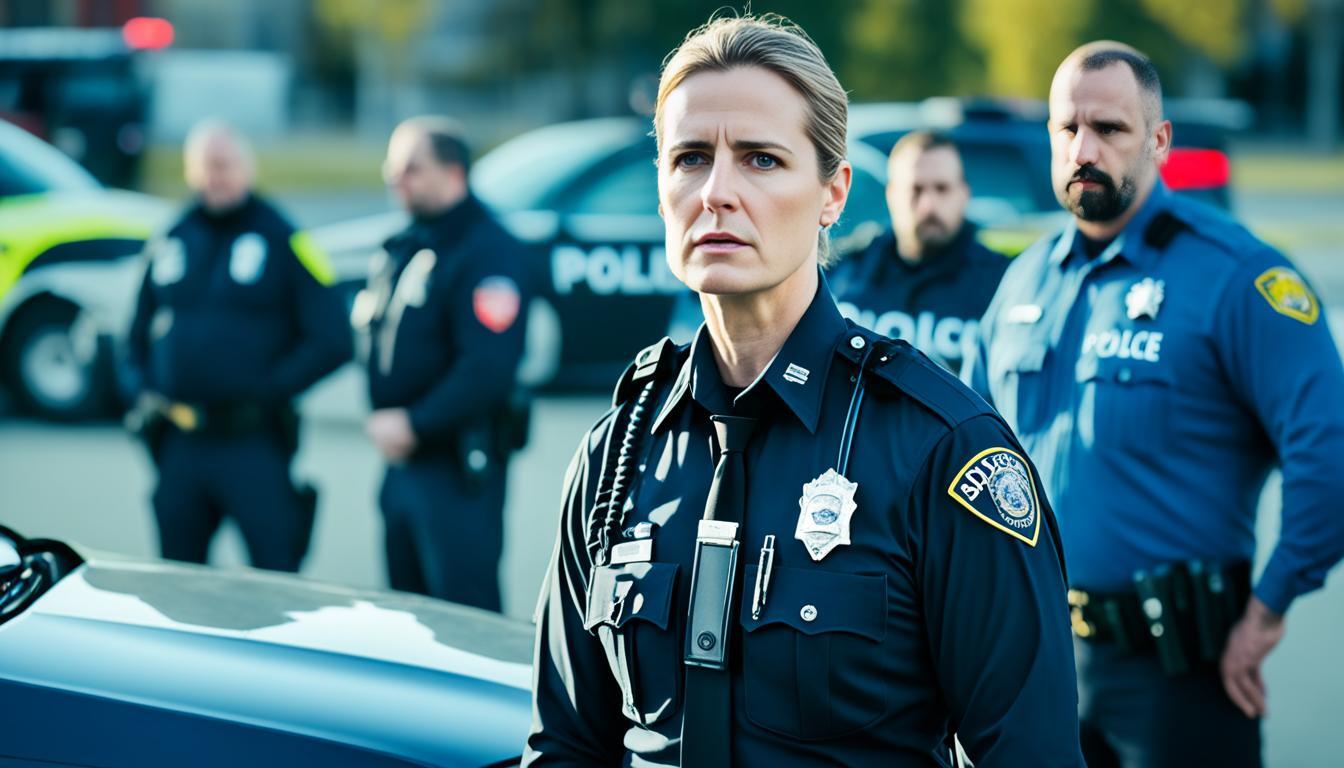



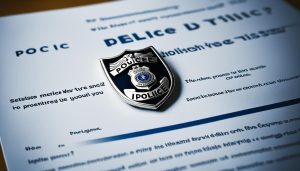






Post Comment